Back to Courses

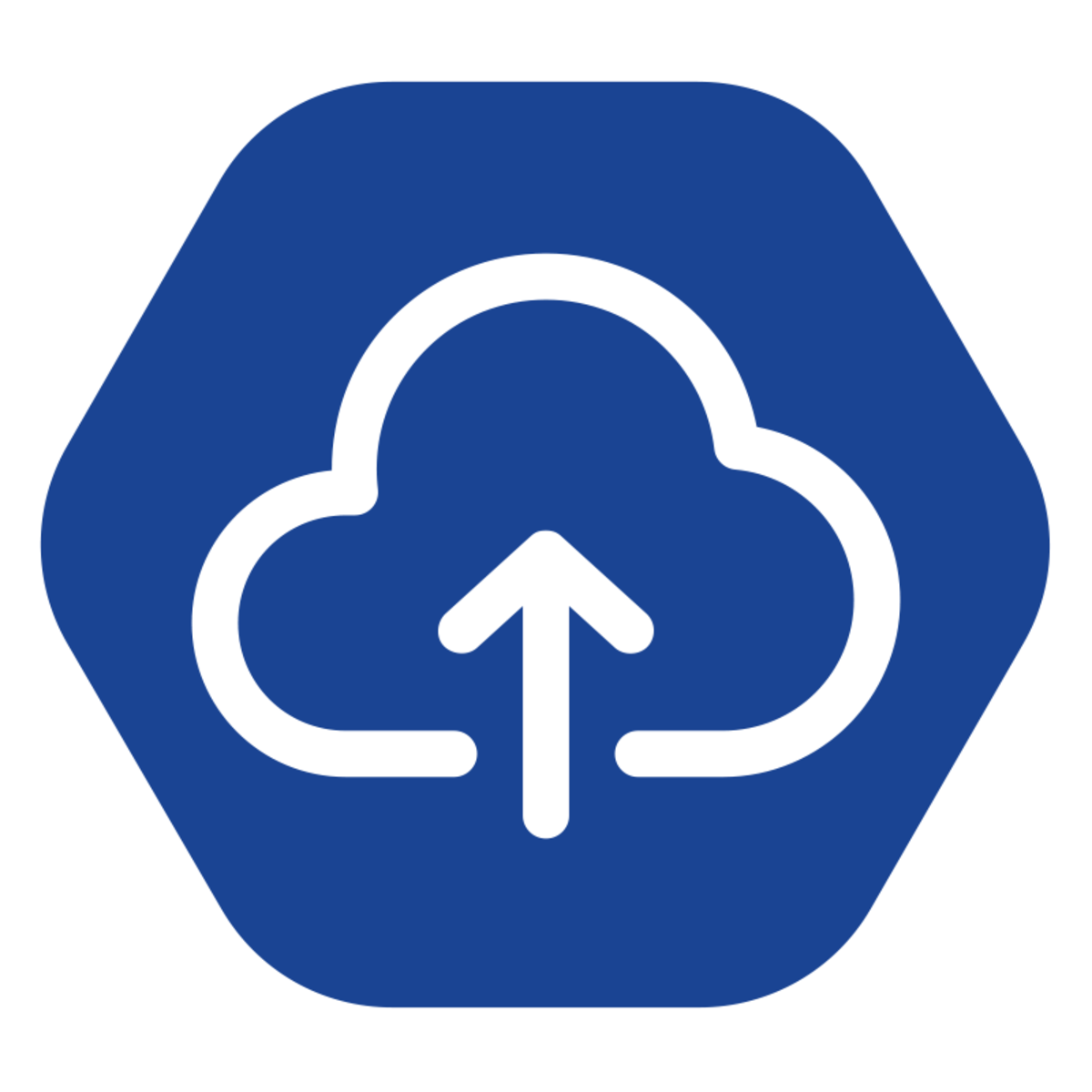

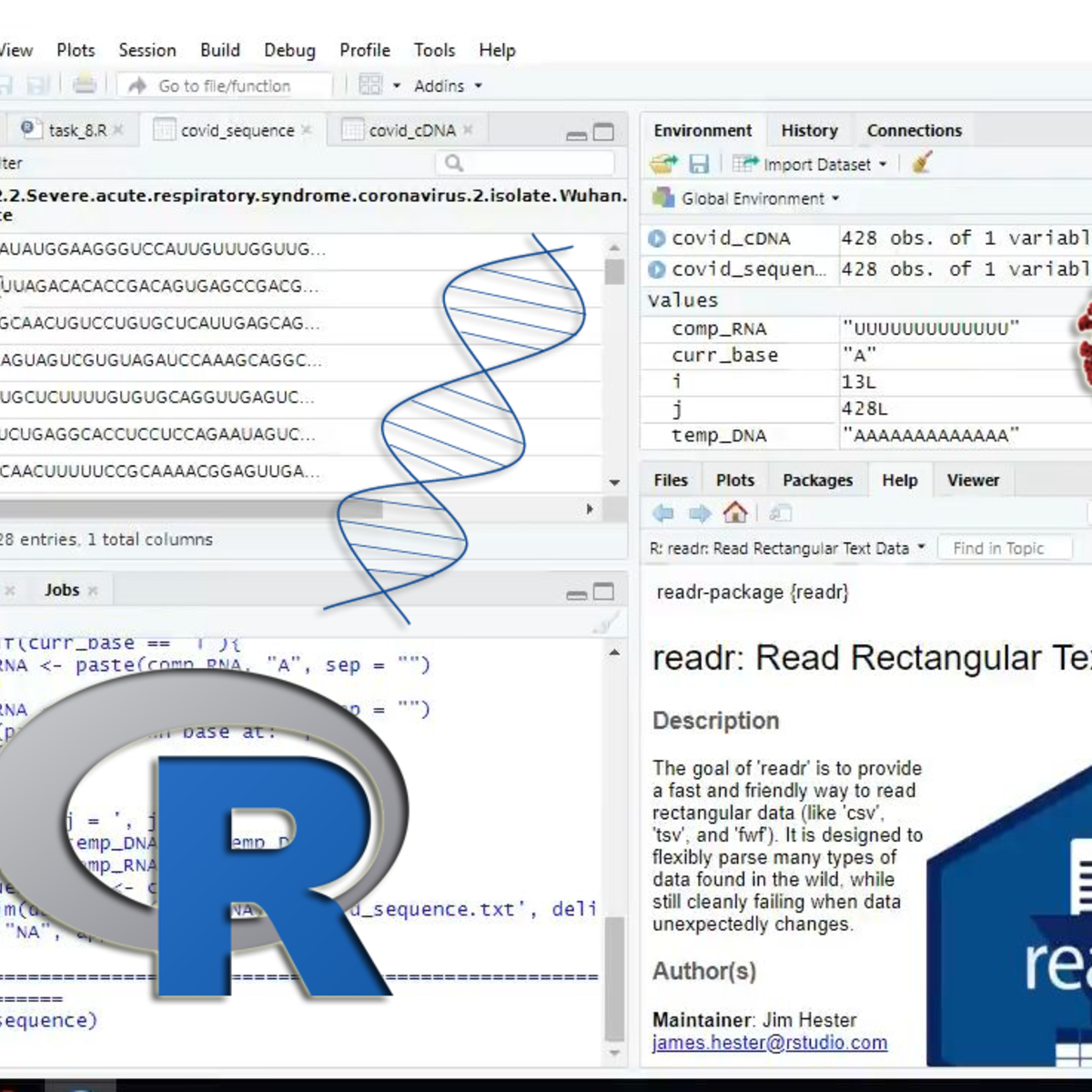
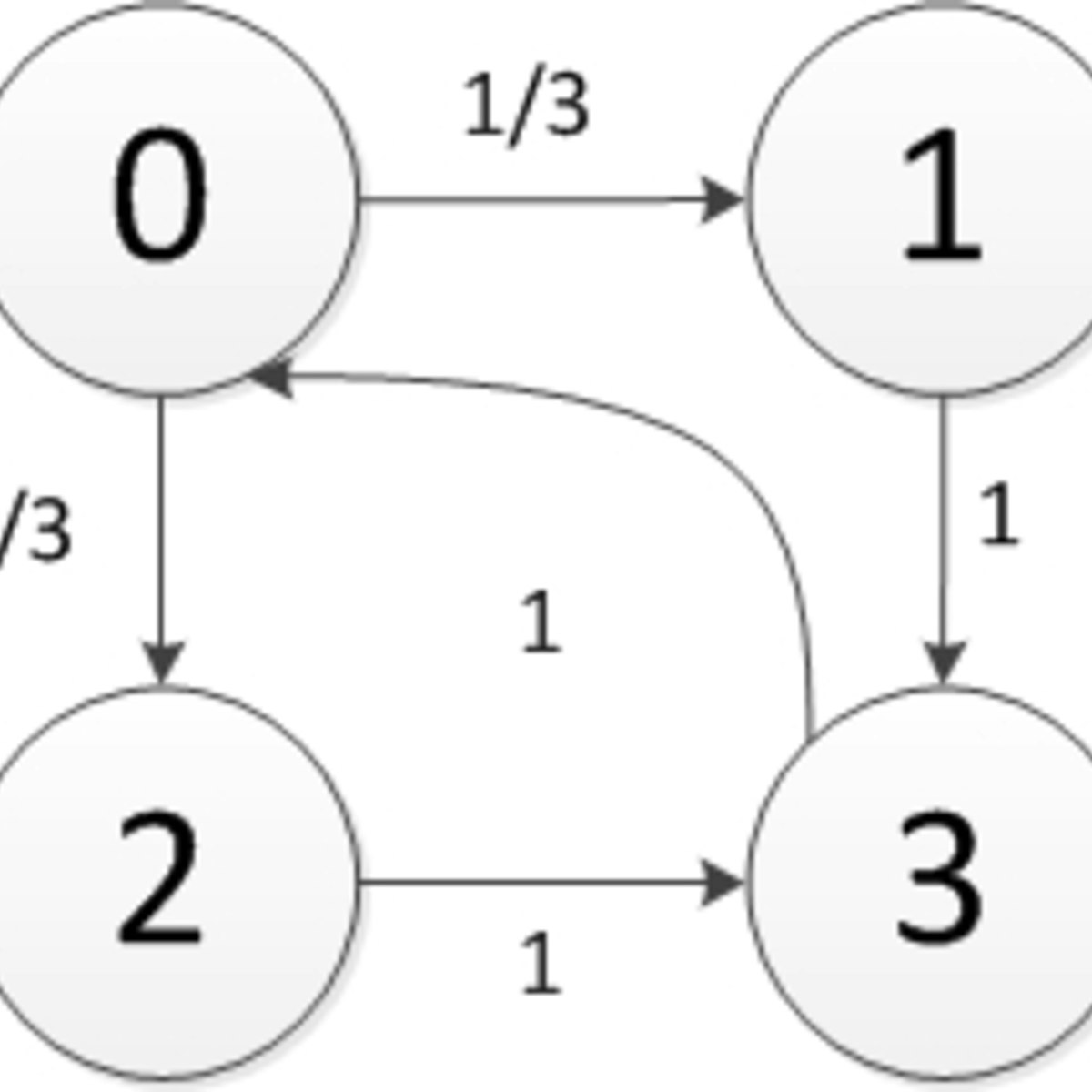
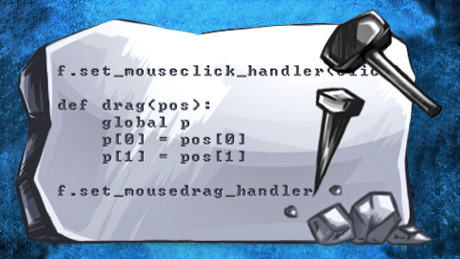
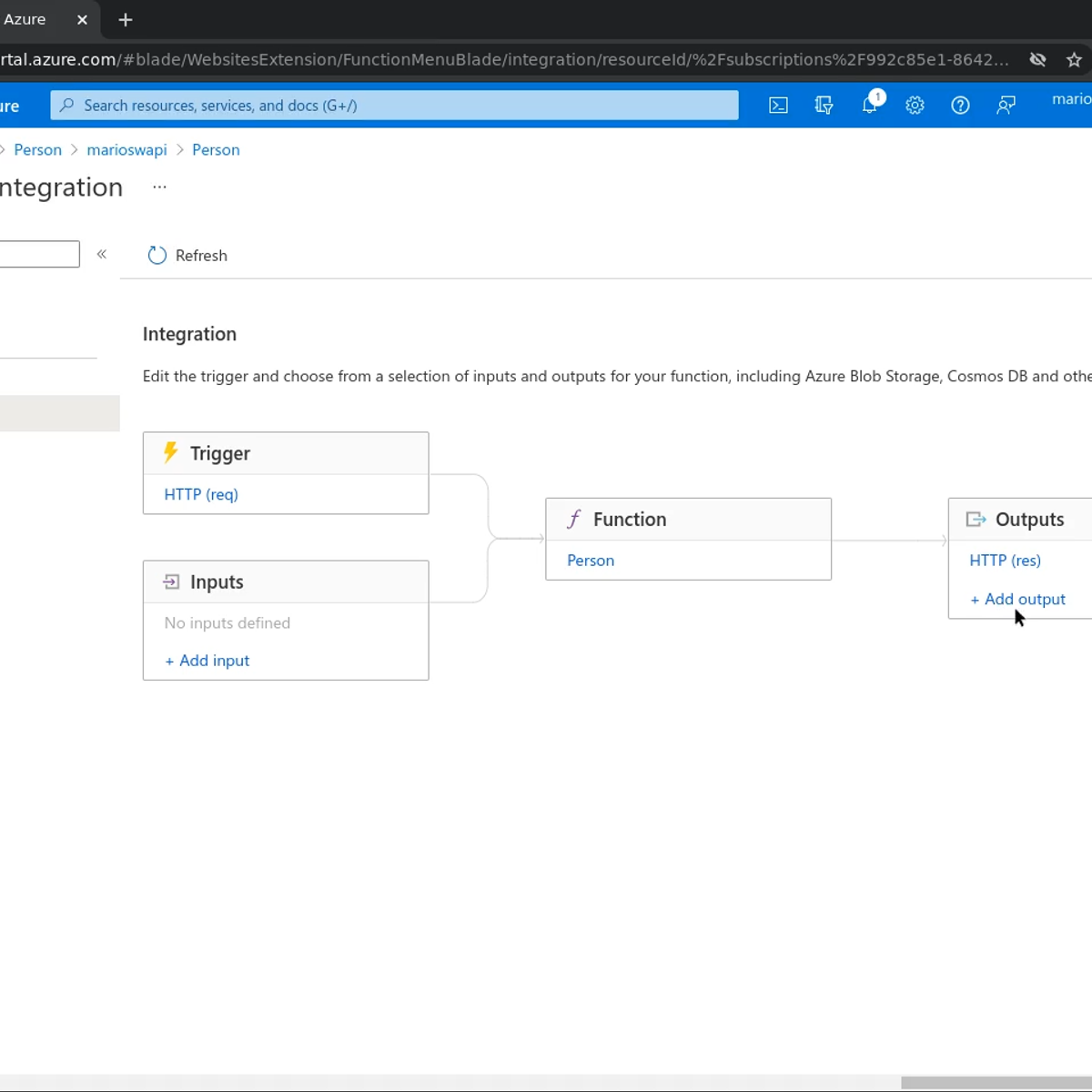


Computer Science Courses - Page 74
Showing results 731-740 of 2309

Java Inheritance, Composition and Aggregation
In this project you will create a Java application that inherits from a Car class in Java and use aggregation and composition in a class that uses one to many Car objects.
Code re-use allows the developer to use tried and tested code, which results in more reliable code and saves in development time as well. In Object-Oriented Programming in a language such as Java, code re-use can be accomplished in two distinctive ways. One way is to inherit from an existing class by extending its existing functionality. A Car class for example can be extended by a Used Car class by adding a parameter to indicate the number of miles on it. Another common way to re-use code is through aggregation and composition. In aggregation, the class is made up of other existing classes that may exist independent of the parent class.
Note: This course works best for learners who are based in the North America region. We’re currently working on providing the same experience in other regions.

Smart Contracts
This second course of the Blockchain specialization will help you design, code, deploy and execute a smart contract – the computational element of the blockchain technology. Smart contracts allow for implementing user-defined operations of arbitrary complexity that are not possible through plain cryptocurrency protocols. They allow users to implement conditions, rules and policies of the domain applications. Smart contracts are a powerful feature that, when properly designed and coded, can result in autonomous, efficient and transparent systems.
You will design and program smart contracts in Solidity language, test and deploy them in the Remix development environment, and invoke them from a simple web interface that Remix provides. This course features best practices for designing solutions with smart contracts using Solidity and Remix IDE.
Main concepts are delivered through videos, demos and hands-on exercises.

Developing AI Applications on Azure
This course introduces the concepts of Artificial Intelligence and Machine learning. We'll discuss machine learning types and tasks, and machine learning algorithms. You'll explore Python as a popular programming language for machine learning solutions, including using some scientific ecosystem packages which will help you implement machine learning.
Next, this course introduces the machine learning tools available in Microsoft Azure. We'll review standardized approaches to data analytics and you'll receive specific guidance on Microsoft's Team Data Science Approach. As you go through the course, we'll introduce you to Microsoft's pre-trained and managed machine learning offered as REST API's in their suite of cognitive services. We'll implement solutions using the computer vision API and the facial recognition API, and we'll do sentiment analysis by calling the natural language service.
Using the Azure Machine Learning Service you'll create and use an Azure Machine Learning Worksace.Then you'll train your own model, and you'll deploy and test your model in the cloud. Throughout the course you will perform hands-on exercises to practice your new AI skills. By the end of this course, you will be able to create, implement and deploy machine learning models.
Interaction Design Capstone Project
Apply the skills you learned during the sequence of courses -- from needfinding to visual design -- as you redesign a new interface, service, or product for your Interaction Design Capstone Project. We’re working with some exciting design teams in Silicon Valley across multiple industries to develop real-world design challenges for this final project. Upon completion, you will have a polished capstone project you can share in your design portfolio to highlight your work and document your design process.

Reverse and complement nucleic acid sequences (DNA, RNA) using R
In this 1-hour long project-based course, you will learn the basic building blocks in the R language and how to Develop an R program that constructs reverse, complement, and reverse-complement nucleic acid sequences (DNA, RNA). Also, you will make your code read a file that has a long DNA sequence and deal with one of the complete genomes for the novel coronavirus.

Quantitative Model Checking
The integration of ICT (information and communications technology) in different applications is rapidly increasing in e.g. Embedded and Cyber physical systems, Communication protocols and Transportation systems. Hence, their reliability and dependability increasingly depends on software. Defects can be fatal and extremely costly (with regards to mass-production of products and safety-critical systems).
First, a model of the real system has to be built. In the simplest case, the model reflects all possible states that the system can reach and all possible transitions between states in a (labelled) State Transition System. When adding probabilities and discrete time to the model, we are dealing with so-called Discrete-time Markov chains which in turn can be extended with continuous timing to Continuous-time Markov chains. Both formalisms have been used widely for modeling and performance and dependability evaluation of computer and communication systems in a wide variety of domains. These formalisms are well understood, mathematically attractive while at the same time flexible enough to model complex systems.
Model checking focuses on the qualitative evaluation of the model. As formal verification method, model checking analyzes
the functionality of the system model. A property that needs to be analyzed has to be specified in a logic with consistent syntax and semantics. For every state of the model, it is then checked whether the property is valid or not.
The main focus of this course is on quantitative model checking for Markov chains, for which we will discuss efficient computational algorithms. The learning objectives of this course are as follows:
- Express dependability properties for different kinds of transition systems .
- Compute the evolution over time for Markov chains.
- Check whether single states satisfy a certain formula and compute the satisfaction set for properties.
An Introduction to Interactive Programming in Python (Part 2)
This two-part course is designed to help students with very little or no computing background learn the basics of building simple interactive applications. Our language of choice, Python, is an easy-to learn, high-level computer language that is used in many of the computational courses offered on Coursera. To make learning Python easy, we have developed a new browser-based programming environment that makes developing interactive applications in Python simple. These applications will involve windows whose contents are graphical and respond to buttons, the keyboard and the mouse.
In part 2 of this course, we will introduce more elements of programming (such as list, dictionaries, and loops) and then use these elements to create games such as Blackjack. Part 1 of this class will culminate in building a version of the classic arcade game "Asteroids". Upon completing this course, you will be able to write small, but interesting Python programs. The next course in the specialization will begin to introduce a more principled approach to writing programs and solving computational problems that will allow you to write larger and more complex programs.

Azure: create a REST API using NodeJS Serverless Functions
In this Guided Project, you will familiarize yourself with the basics of Azure Serverless Functions and Azure API Management using NodeJS. You're going to create a Function App and two different Serverless Functions, triggered by HTTP calls. You're going to set them up to receive data using both query parameters and path parameters, thus understanding the role of route templates. Then you're going to set up an API Management instance in order to expose them as an unique, homogeneous API that uses path parameters by using inbound processing rules.
Note: before taking this Guided Project, if you don't have an Azure subscription yet, please create an Azure Free Trial beforehand at https://portal.azure.com
Note: This course works best for learners who are based in the North America region. We’re currently working on providing the same experience in other regions.

UX Research at Scale: Surveys, Analytics, Online Testing
This UX course will provide an overview of survey methodology from the perspective of UX research. UX surveys typically focus on uncovering user needs, connecting needs to user characteristics, and gaining insight into user attitudes towards systems they use. In this course, learners will learn the basics of UX survey research and conduct a survey of their own design!
Learners will be introduced to techniques for gaining UX insights from large numbers of users, including web analytics, A/B testing, and remote unmoderated studies. We will discuss how these techniques work, when they can be applied, and what can be learned by using them.
What You’ll Learn:
-Learn how web analytics works and how to analyze analytics data
-Understand how to develop A-B tests, before/after, and multivariate experiments
-Learn how to set up and analyze remote unmoderated testing studies
-Analyze and report on large scale user experience studies Learn about the different types and uses of surveys in UX research
-Understand the survey population: when to sample, when to recruit
-Develop a survey instrument that meets your requirements
-Analyze and report on surveys
-Learn to critique user surveys

Spring Data Repositories
This course is aimed at students wishing to learn how Java interacts with databases in a modern framework. The course uses the very popular Spring Boot Framework, with Micro services, as a setting for our database interactions using Java Persistence Framework (JPA) and Spring Data Repositories to abstract away JPA. Students will then learn how to expose Repositories as Rest Web services in their own right using Hypermedia as the Engine of Application State or HATEAOS concepts. Spring Aspect Oriented Programming (AOP) will be covered to illustrate how cross cutting concerns like logging can be applied in a centralized non evasive manner to domain classes. finally the course covers the use of Spring Transaction Managers and Springs declarative configuration Transaction model.
